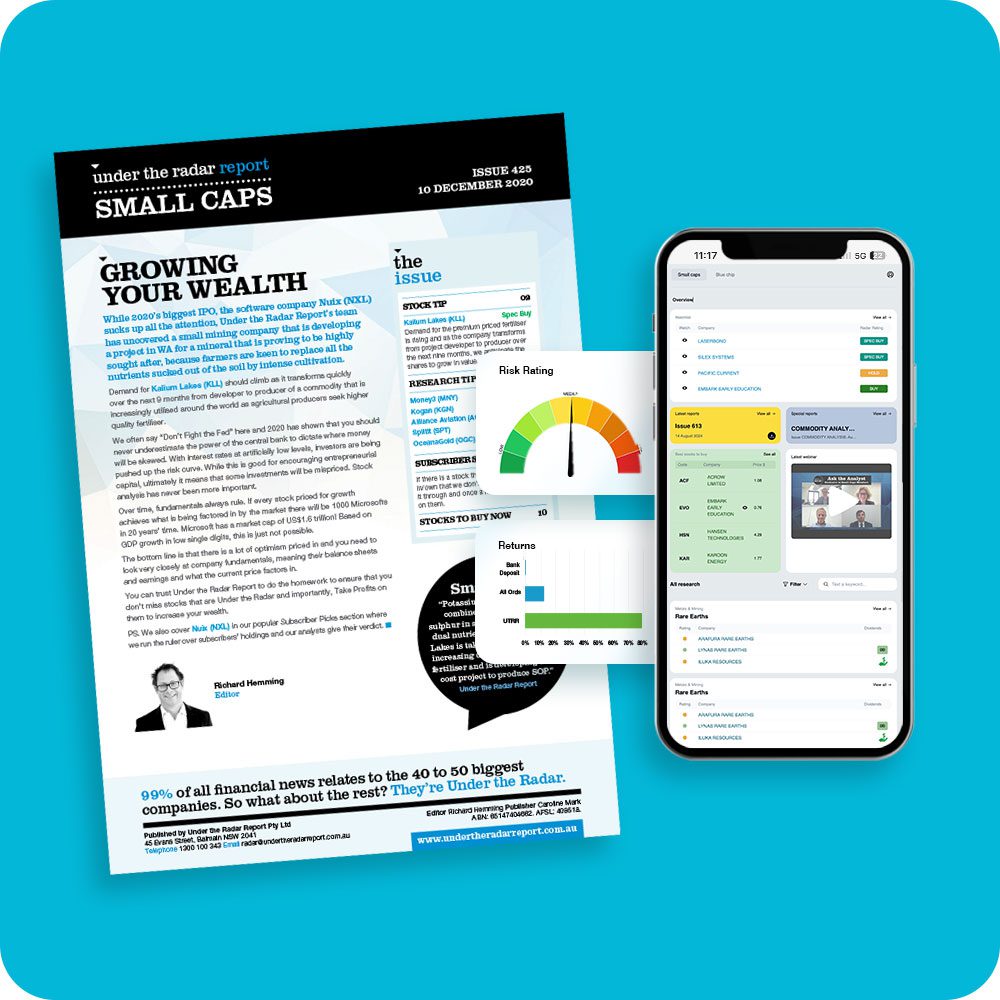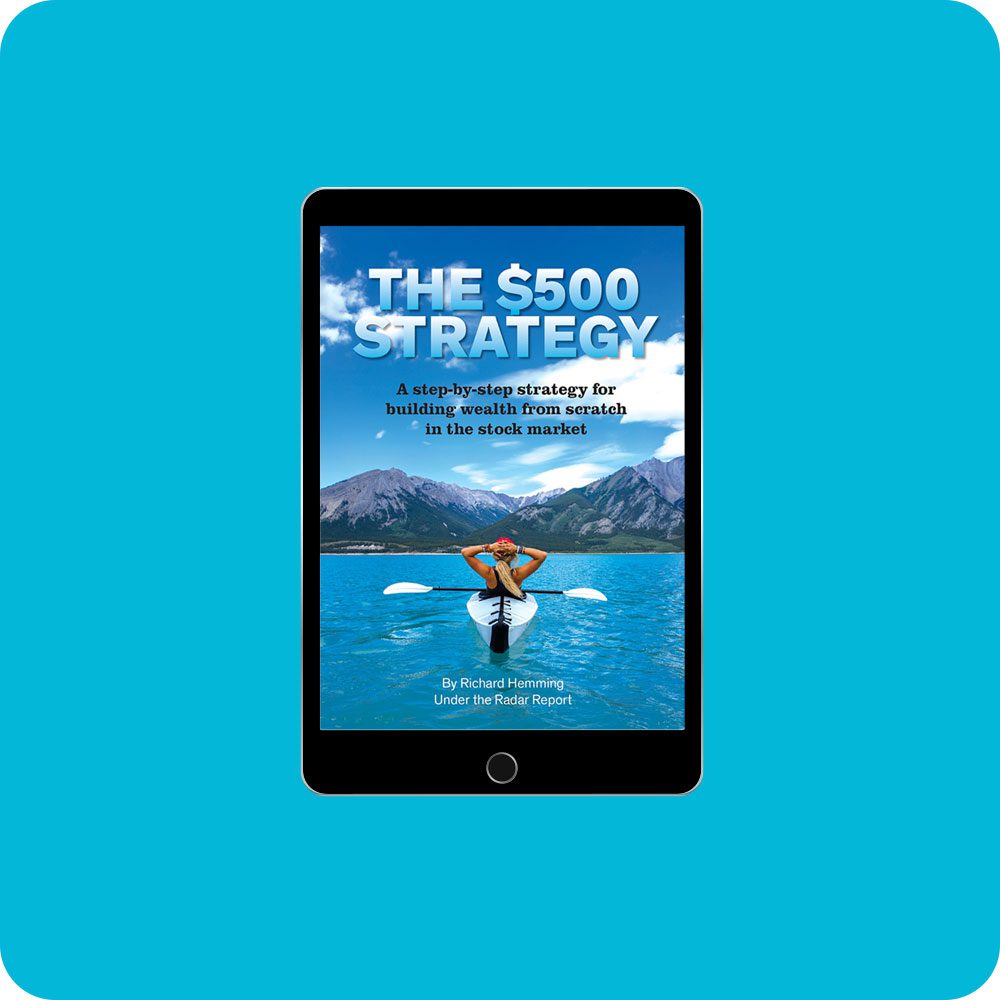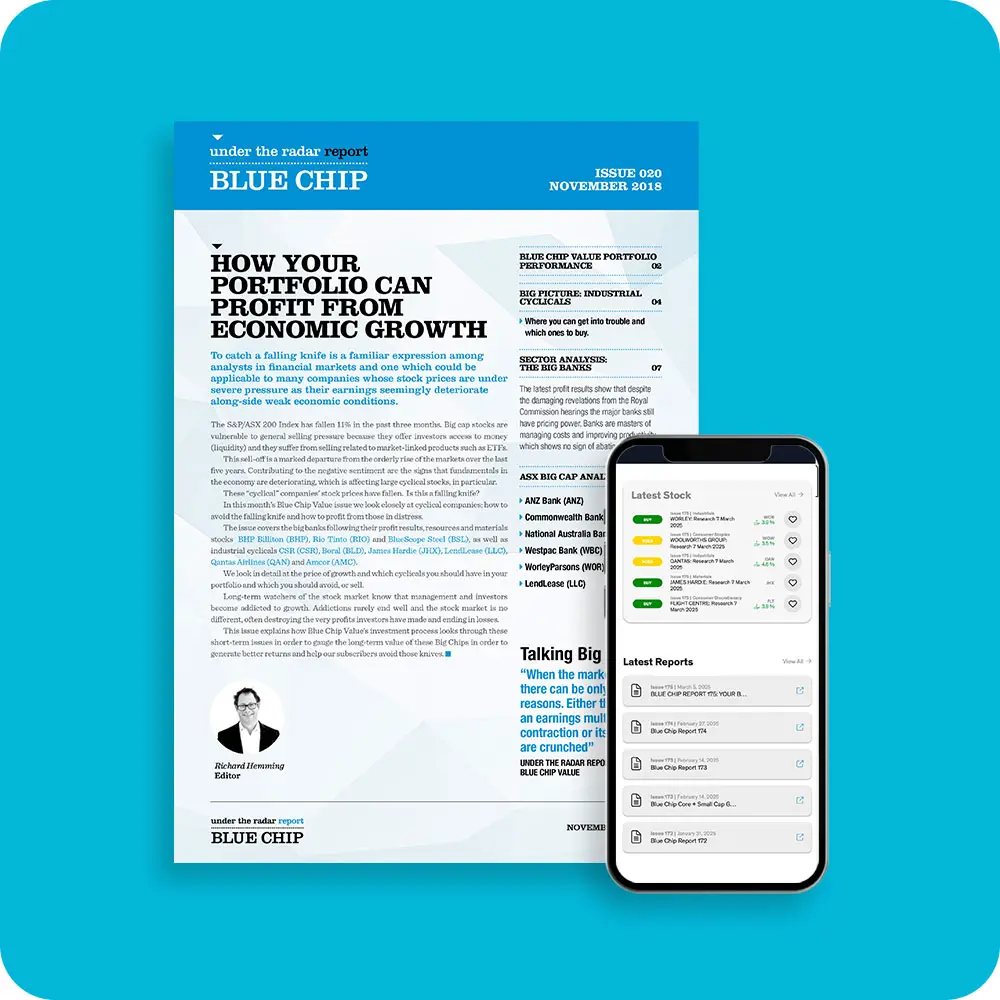12 Month Access to Under the Radar Report: Small Caps + FNArena
Market Capitalisation is the total market value of all a company’s shares. Multiply the total number of shares by the current share price.
It tells you how big or small a company is. $30M is a very small company and we cover companies, initially at least, with a maximum market cap of $500M.



